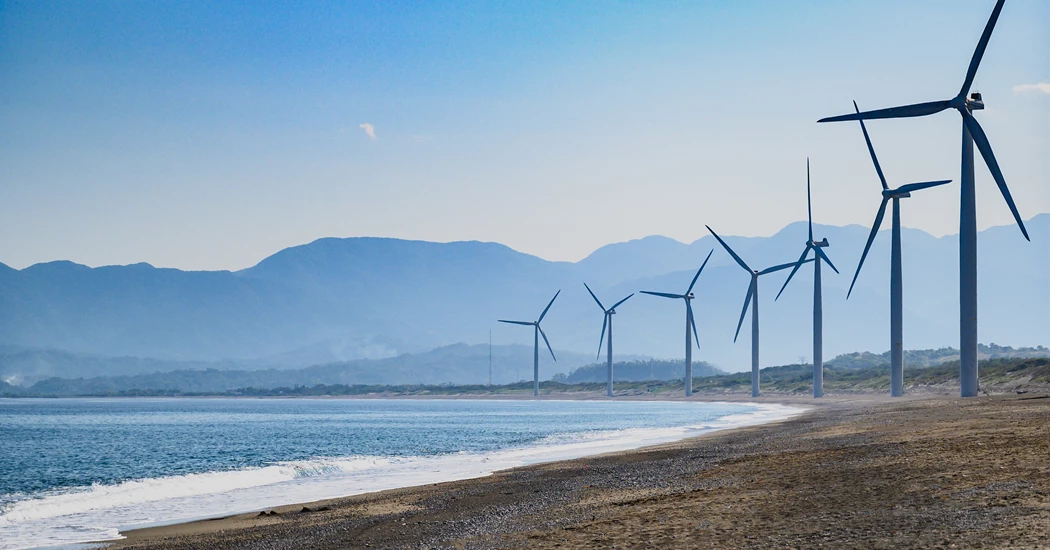World Bank: Philippines can produce 21GW wind power by 2040
The Philippines has the potential to install around 21 gigawatt of offshore wind power by 2040 to provide one fifth of the country’s electricity capacity, according to a study released by the Department of Energy and the World Bank on Wednesday.
“The Philippines’ waters have conditions that are well-suited to offshore wind. This abundant, indigenous energy resource offers an opportunity for the Philippines to boost energy security, reduce greenhouse gas emissions, and increase renewable energy supply,” said Ndiamé Diop, the World Bank Country Director for Brunei, Malaysia, Philippines, and Thailand.
The World Bank said within the Philippines Offshore Wind Roadmap there are two potential scenarios: the low growth scenario provides a roadmap for installing offshore wind at levels in line with the DOE's national renewable energy programme, and the high growth scenario provides a roadmap for installing much higher levels that could be sufficient to drive competition, investments, and more cost reduction.
If the Philippines leads with the low growth scenario, it can produce up to 3GW of offshore wind by 2040, which can make up to three percent of the country's electricity supply. The high growth scenario will lead them to install 21GW, making up 21 percent of its electricity supply.
The World Bank said there are challenges establishing a wind power industry in the Philippines at a large scale, such as cost, transmission, logistics, financing and ownership issues.
The roadmap provides guidance on actions that must be taken by the government to be able to achieve their growth targets. This includes: putting in place a long-term plan for offshore wind until 2050 as part of a decarbonized energy mix; establishing offshore wind development zones through further marine spatial planning; investment in transmission, port and other energy infrastructure upgrades; increasing collaboration with industry and other relevant government agencies.
KEEPING THE ENERGY INDUSTRY CONNECTED
Subscribe to our newsletter and get the best of Energy Connects directly to your inbox each week.
By subscribing, you agree to the processing of your personal data by dmg events as described in the Privacy Policy.
More renewables news

With Trump Looming, Biden’s Green Bank Moves to Close Billions in Deals

GE Vernova Expects More Trouble for Struggling Offshore Wind Industry

Climate Tech Funds See Cash Pile Rise to $86 Billion as Investing Slows

GE Vernova to Power City-Sized Data Centers With Gas as AI Demand Soars

Longi Delays Solar Module Plant in China as Sector Struggles

Australia Picks BP, Neoen Projects in Biggest Renewables Tender

SSE Plans £22 Billion Investment to Bolster Scotland’s Grid

A Booming and Coal-Heavy Steel Sector Risks India’s Green Goals

bp and JERA join forces to create global offshore wind joint venture
















